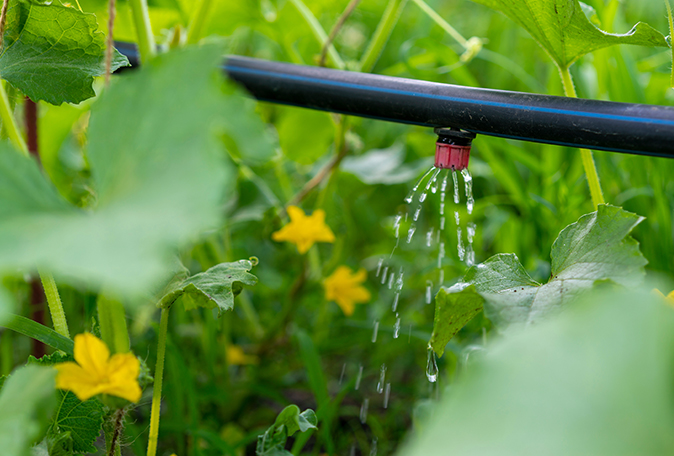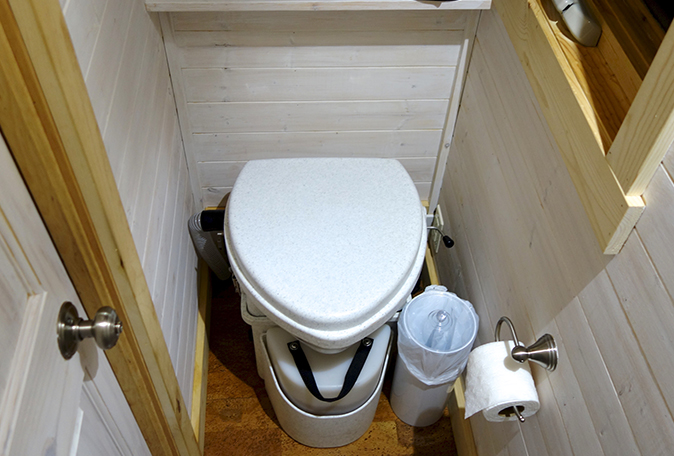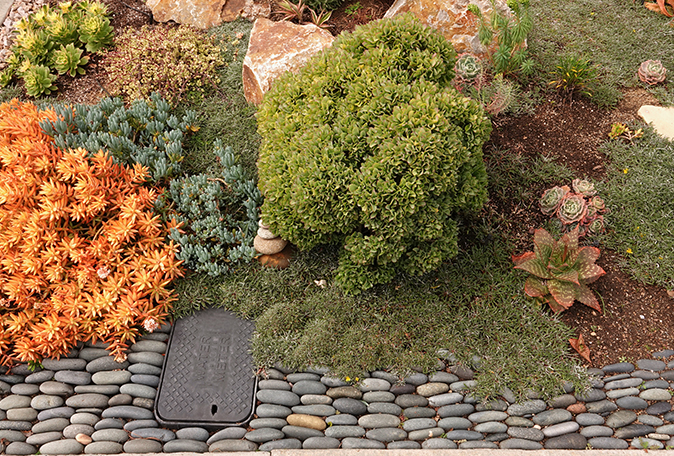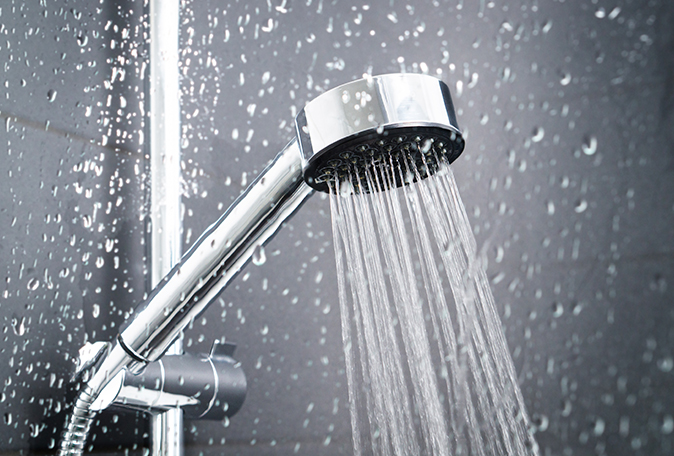Did you know? Just a 10% decrease in household water use could save enough to supply 9 million Americans for a year.
Water is the lifeblood of our planet, essential for the survival of every living creature, yet our current consumption rates are unsustainable. From running taps to daily showers, watering gardens to washing dishes, our domestic water use is far from conservative. In the U.S., an individual uses an average of 82 gallons of water each day, a figure that far outstrips that of other nations. The impact on our environment is significant, depleting our natural resources and contributing to the climate crisis. Cutting back on water usage doesn’t just make ecological sense, it can also save you money on your utility bills. We must rethink our relationship with water. We have the power and the responsibility to change our consumption habits. By using water-efficient fixtures, fixing leaks promptly, and being mindful of our usage, we can help protect our planet, benefit our health, and ensure future generations have access to this precious resource.
Key Concepts:
1Water Scarcity
Despite its seeming abundance, fresh water is becoming a scarce resource in many parts of the U.S. due to climate change, population growth, and inefficient water management practices. Whether you live in an arid region or a water-rich area, it’s essential to conserve water. Preserving water safeguards our ecosystems, maintains water supplies for agriculture, and ensures enough water for all. The increasing demand for water due to population growth, coupled with climate change and inefficient practices, is intensifying water scarcity. Every citizen’s conscious effort to conserve water is crucial.
Fact: The U.S. Government Accountability Office reports that 40 out of 50 state water managers expect water shortages under average conditions in some portion of their states over the next decade.
2Water Efficiency
High-efficiency fixtures and appliances can significantly reduce water consumption without compromising performance. High-efficiency toilets, low-flow showerheads, water-efficient dishwashers and washing machines can reduce your household’s water usage by up to 60%. Also, smart irrigation systems and drip irrigation can reduce outdoor water use. (Source: [EPA](https://www.epa.gov/watersense)). High-efficiency appliances and fixtures decrease water consumption drastically, reducing your environmental footprint and cutting costs.

3Greywater Recycling
Greywater, or gently used water from bathroom sinks, showers, tubs, and washing machines, can be repurposed for non-drinking uses, such as flushing toilets or irrigating gardens, reducing your freshwater use. Reusing water from sinks, showers, tubs, and washing machines for non-drinking purposes like irrigation and toilet flushing can reduce freshwater demand.
Fact: Greywater recycling can save up to 40,000 gallons of water per household annually.
4Rainwater Harvesting
Collecting and storing rainwater for later use can decrease reliance on municipal water or wells, reducing both your environmental footprint and water bills. Check local laws and regulations before setting up a system. Collecting rainwater reduces reliance on municipal water or wells, providing a cost-effective and environmentally friendly alternative.
Fact: A 1,000 square foot roof can collect about 600 gallons of water for every inch of rain.

5Water Quality
Access to clean, safe water is a fundamental human right. Home filtration systems can remove harmful contaminants in drinking water that might cause health problems. Regular testing of your water, especially if sourced from a well, is vital. Ensuring access to clean, safe water through filtration systems and regular testing is fundamental for health.
Fact: According to the CDC, there can be harmful contaminants in tap water such as lead, copper, and other microbes.
6Waste Water Treatment
Properly treating wastewater protects public health and the environment. On-site systems like septic tanks must be regularly maintained to ensure they’re functioning correctly, while municipal sewage users should avoid flushing anything that could damage the system. Proper wastewater treatment, whether through a municipal system or on-site septic tanks, safeguards public health and protects the environment.
Fact: Every year, billions of gallons of untreated sewage and stormwater are discharged into U.S. waters.

7Climate Change Resilience
As the effects of climate change intensify, droughts and floods become more frequent. Homeowners should prepare by implementing water-saving measures and installing systems for rainwater capture and gray water reuse. Implementing water-saving measures and installing systems for rainwater and greywater reuse improves your home’s resilience to climate change-induced droughts and floods.
Fact: According to NOAA, climate change is expected to exacerbate existing water scarcity issues, especially in the Southwest U.S.
8Landscaping Choices
Choose native plants for your yard. They are adapted to local conditions, require less water, and help support local biodiversity. Reducing lawn size and considering hardscaping options can further reduce outdoor water use. Using native plants, reducing lawn size, and considering hardscaping options can drastically cut back on outdoor water use.
Fact: Outdoor water use accounts for nearly 30% of total household water use on average, but can be as high as 60% in arid regions.

- “Planting in a Post-Wild World: Designing Plant Communities for Resilient Landscapes” by Thomas Rainer and Claudia West.
9Water Footprint
Be aware that water is used in the production of everything we consume, from food to electronics. Making conscious purchasing decisions, reducing waste, and following a diet lower in meat and dairy can significantly reduce your indirect water use. Your water footprint includes direct water use and the water used in the production of goods you consume. Conscious purchasing and eating decisions can help reduce this.
Fact: It takes 2,400 gallons of water to produce 1 pound of beef.
10Equitable Water Access
While focusing on our individual water consumption, it’s important to remember that many communities, especially marginalized ones, often face inadequate access to clean water. Supporting initiatives for fair water policies is a significant step towards ensuring universal water access. Supporting initiatives for equitable water policies helps ensure that everyone, especially marginalized communities, has access to clean water.
Fact: According to the U.S. Water Alliance, more than 2 million Americans live without access to running water, indoor plumbing, or wastewater services.

Special Considerations for Affordable Housing Projects:
1Water Efficiency
High-efficiency appliances and fixtures, along with leak detection and repair, are vital for reducing water consumption and managing utility bills. These systems should be installed in affordable housing units, as they have a significant impact on reducing costs and promoting sustainable water use.
2Water Quality
Providing access to safe drinking water is crucial. Affordable housing units should be equipped with proper filtration systems, and regular water quality tests should be conducted to prevent health risks associated with contaminated water.
3Rainwater Harvesting and Greywater Systems
Incorporating rainwater harvesting and greywater systems can provide a sustainable and cost-effective solution for non-potable water needs, such as landscape irrigation or toilet flushing. It can significantly reduce the demand for municipal water, thus lowering costs.
4Resilience to Water-Related Disasters
Considering the increased prevalence of climate change-induced flooding, it is essential to incorporate flood-resistant design and construction practices in affordable housing. Effective landscape design can also help manage stormwater runoff and reduce flood risk.
5Water Education and Policy Awareness
Ensuring residents understand the importance of water conservation, as well as their rights and responsibilities in relation to water use, is vital. This knowledge can help maintain the water-saving features of the housing units, enhance water conservation practices, and empower tenants to actively engage in local water policies and regulations.
Through these considerations, affordable housing can become a platform for sustainable water management, reducing costs for residents, while conserving our precious water resources.






